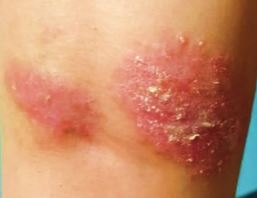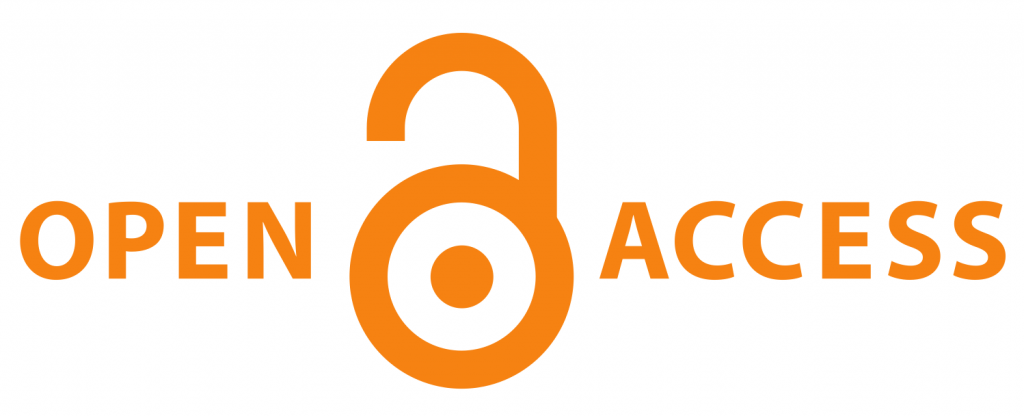Ayurvedic management of Psoriasis with Shaman Chikitsa in Children - A Case Study
DOI:
https://doi.org/10.21760/jaims.10.7.52Keywords:
Ekkustha, Kshudra Kushtha, Rasayana Ausadhis, Apathya, PsoriasisAbstract
Introduction - Skin diseases significantly affect a child’s physical and emotional well-being, impacting self-esteem and daily activities. Psoriasis is a prevalent, chronic, immune-mediated inflammatory skin disorder with nearly one-third of cases beginning in childhood. Ek Kushtha, a subtype of Kshudra Kushtha, is caused by the imbalance of Vata and Kapha doshas and resembles psoriasis in its clinical presentation. Since children are in Sukumaravsth, Mridu, and Shaman Ausadhis are used followed by Rasayana Ausadhis to strengthen the body and prevent a recurrence. Ayurveda places significant emphasis on the role of diet and lifestyle management.
Aim and Objectives - The efficacy of Ayurvedic formulations in Ekkushtha addressing underlying imbalances in the body's Dosha.
Patient Information - A 6-year-old girl presented in the Outdoor department of Kaumarbhritya, Rishikul Campus (UAU), Haridwar, Uttarakhand, on 10/4/2023 with complaints of - Red papules and plaques over neck, both legs, umbilicus, and foot region with itching since 1.5 years.
Therapeutic Intervention - The patient was treated with Ayurvedic oral medications and external local applications along with the instructions of Pathya and Apathya for 4 months.
Result - This case report showed that consolidated Ayurvedic modalities gives significant result in patient of Ekkustha.
Conclusion - This case underscores the efficacy of Ayurvedic interventions in managing psoriasis in the paediatric age group by restoring Doshic imbalance and implementing dietary and lifestyle modifications.
Downloads
References
Marcdante KJ, Kliegman RM, editors. Nelson essentials of pediatrics. 8th ed. Philadelphia: Elsevier; Ch. 192. Seborrheic Dermatitis. p. 729.
Mohan H, editor. Textbook of pathology. 7th ed. New Delhi: Jaypee Brothers Medical Publishers; Ch. 25. The Skin. p. 769.
Sunil MA, Sunitha VS, Radhakrishnan EK, Jyothis M. Immunomodulatory activities of Acacia catechu, a traditional thirst quencher of South India. J Ayurveda Integr Med. 2019;10(3):185–91.
Varma SR, Sivaprakasam TO, Arumugam I, Dilip N, Raghuraman M, Pavan KB, et al. In vitro anti-inflammatory and skin protective properties of virgin coconut oil. J Tradit Complement Med. 2019;9(1):5–14.
Charaka. Charaka Samhita. Introduction by Srisatya Narayan Shastri. Varanasi: Chaukhamba Bharti Academy; 2015. Chikitsa Sthana. Chap. 7/4.
Charaka. Charaka Samhita. Introduction by Srisatya Narayan Shastri. Varanasi: Chaukhamba Bharti Academy; 2015. Chikitsa Sthana. Chap. 7/11–12.
Charaka. Charaka Samhita. Introduction by Srisatya Narayan Shastri. Varanasi: Chaukhamba Bharti Academy; 2015. Chikitsa Sthana. Chap. 7/21.















